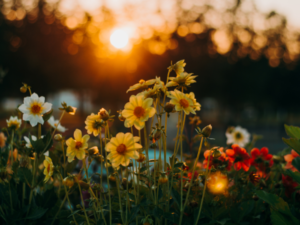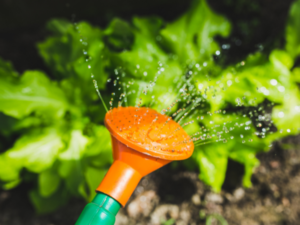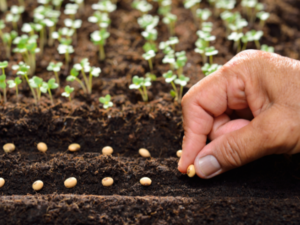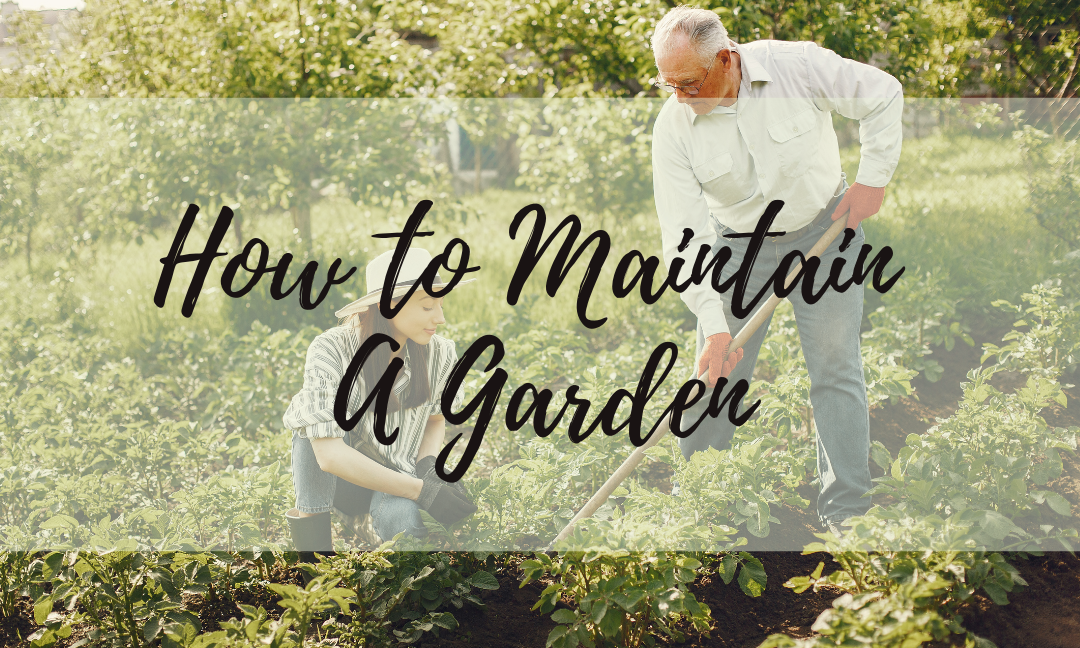Written by: Zack Sher
Over the course of the COVID-19 pandemic, gardening has quickly become one of southern Ontario’s favourite pastimes. Almost one-in-five Canadians tried their hand at gardening amid lockdowns, and the enjoyable hobby continues to surge with each passing month. But despite its great appeal, gardening is no easy task. Many aspiring southern Ontarian gardeners fall victim to unfavourable techniques right off the bat―with overwatering plants, over planting seeds and providing insufficient sunlight all becoming increasingly common. So here is a rundown on how YOU can properly maintain a garden in Southern Ontario, in five easy steps!
 Step One: Ensure Ample Sunlight
Step One: Ensure Ample Sunlight
Simply put, sunlight is a vital component of any successful garden. Plants require sunlight for photosynthesis, and without adequate sunlight any garden will inevitably fail. During the winter months, in particular, indoor gardens should be placed in translucent settings so plants have access to sunlight. For example, potted plants should be placed next to windows and gardens should be managed inside greenhouses. Winter months have shorter days and provide less access to sunlight, so it is essential that Gardeners employ these “sunlight saving strategies.” Conversely, during the Southern Ontario ardening season―which spans from late May to October, gardeners should feel comfortable with outdoor gardens. Even gardens on apartment balconies can be successful, as plants only require indirect light!
 Step Two: Provide Necessary Water
Step Two: Provide Necessary Water
Similar to sunlight, water is also an essential component of any successful garden. Not only does water play a role in moving nutrients from the soil into the plants, but plants also need water to perform photosynthesis. It is advised to provide approximately 3-4 cm a week of water to your garden. This figure varies throughout the year, and you should water your garden less in cooler months, and more in the heat of the summer. Additionally, it is most effective to water your garden in either the morning or evening to limit evaporation. If a garden does not receive an adequate amount of water then it simply cannot succeed. Watering plants deeply into the roots will also go a long way in maintaining your garden―and remember, a garden needs sufficient water to thrive!
 Step Three: Utilize Mulch
Step Three: Utilize Mulch
Mulch is an organic residue that is very useful for maintaining a garden. Not only is mulch effective in preventing weed growth, but mulch can also improve the fertility of the soil, and even helps conserve water. Moreover, the process of applying mulch is very easy, as mulch should simply be coated over the surface layer of the soil. However, remember to ensure that the garden’s soil is smooth and levelled before application. Mulch products are easily accessible to any Southern Ontarian gardener and can be found at home improvement retailers and gardening stores. Mulch can even be made from the comfort of your own home by simply utilizing organic matter found in your garden. For example, wood chips, leaves, grass clippings and compost all form the basis of mulch!
 Step Four: Properly Plant Seeds
Step Four: Properly Plant Seeds
Properly planting seeds is the framework of any successful garden. For instance, if seeds are planted too close to each other, they could begin to overlap and eventually obstruct necessary sunlight. Furthermore, if seeds are planted too deep or shallow into the soil―they will not grow properly. When maintaining a garden, it is effective to use the “hill method” in reference to planting seeds. The “hill method” promotes piling soil into six-inch-high mounds and then poking small holes in the soil that are roughly two inches apart. From here, you should plant one seed per hole. A seed should also be planted at an approximate depth of two to three times its width. Typically, however, these specifications can be found on seed packets. Above all, when maintaining a garden it is essential to ensure that seeds are not overplanted!
Step Five: Monitor the Health of your Garden
Continuously monitoring the health of your garden is easily the most important component of maintaining it. The easiest way to check for a healthy garden is to start by analyzing the soil. Healthy soil typically carries a reddish-brown hue and boats a rich and dense texture. Healthy soil should also be home to a variety of insects and bacteria. A common sign of unhealthy soil is a grey-ish crummy texture and a lack of insect life. Unhealthy soil cannot sustain a successful garden. On that point, signs of unhealthy plants are browning and shrivelled edges and shrivelled stems. Furthermore, yellowing and dryness can also be signs of poor plant health and soil quality! Quickly scanning for these signs are an essential component of maintaining your garden!
Content Sources
https://www.gardeningknowhow.com/garden-how-to/shop/choosing-healthy-plants
https://www.kellogggarden.com/blog/soil/how-to-tell-if-soil-is-good-with-8-simple-tests/
.https://www.citynews1130.com/2020/10/07/canadians-gardening-home-covid-19/
https://www.finegardening.com/article/how-to-start-a-vegetable-garden-direct-sowing-vegetable-seeds

